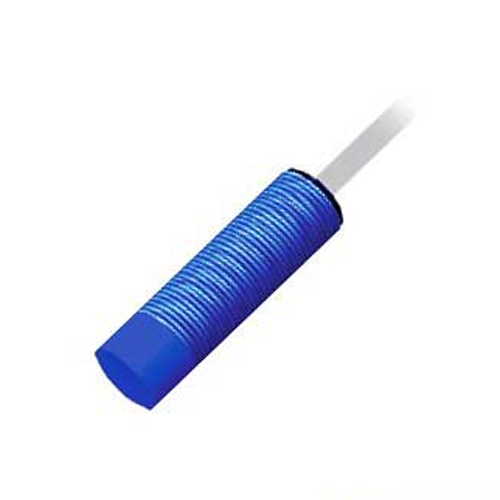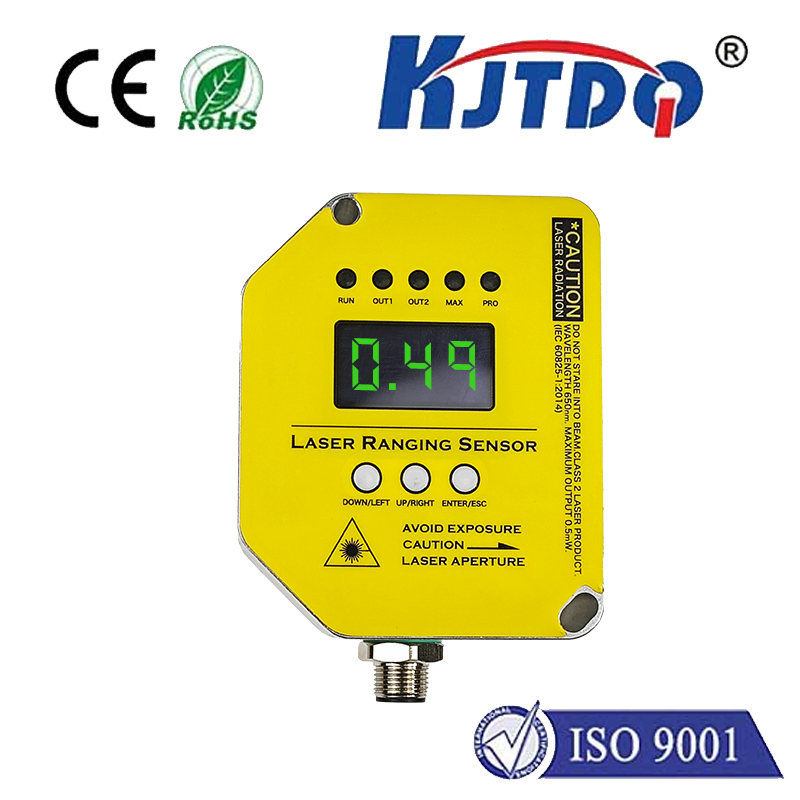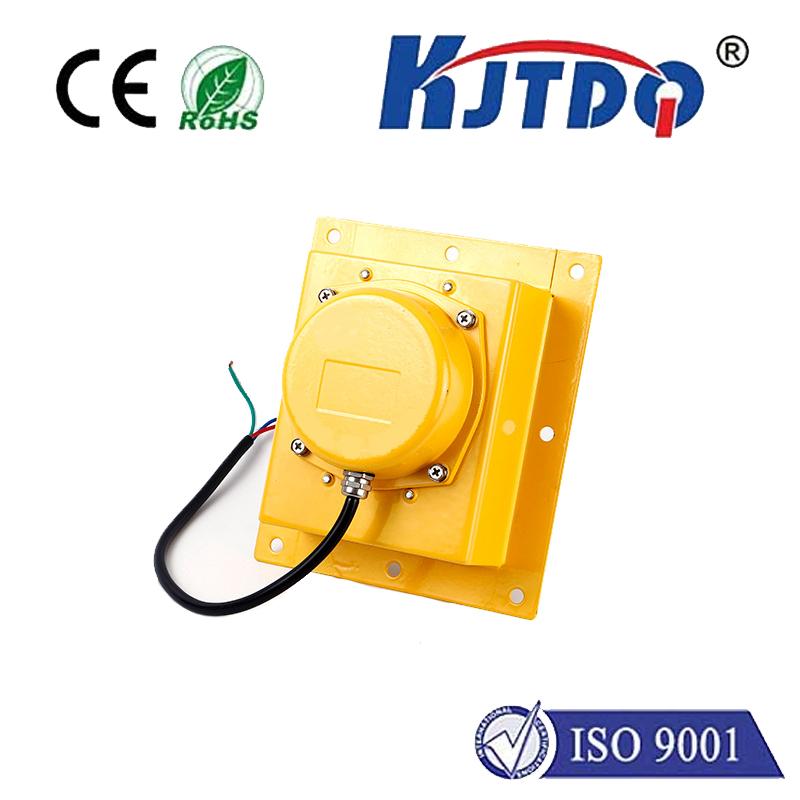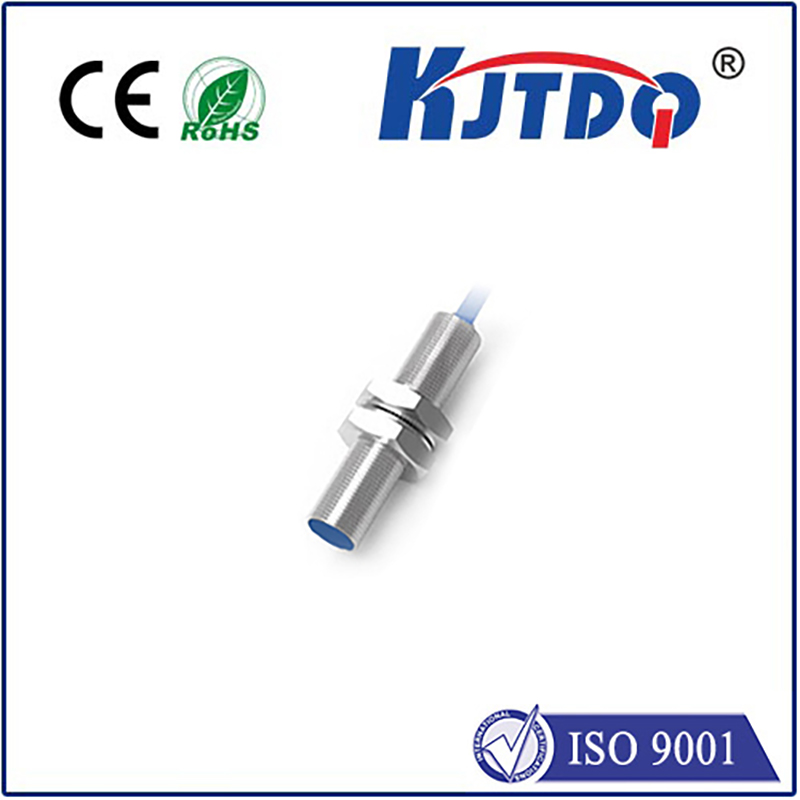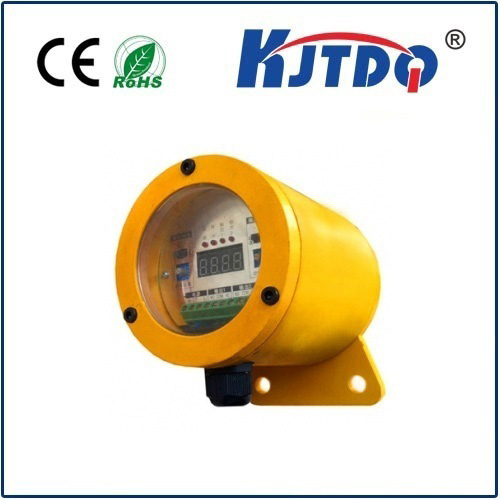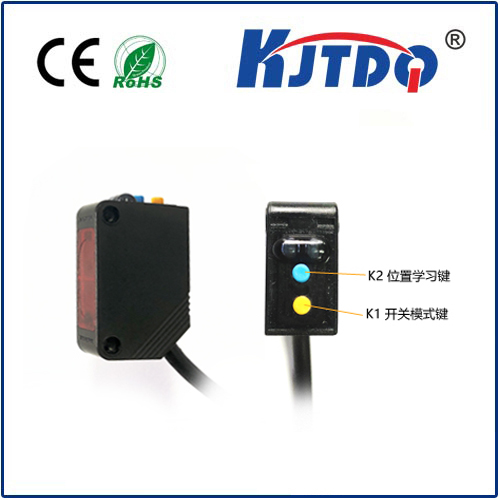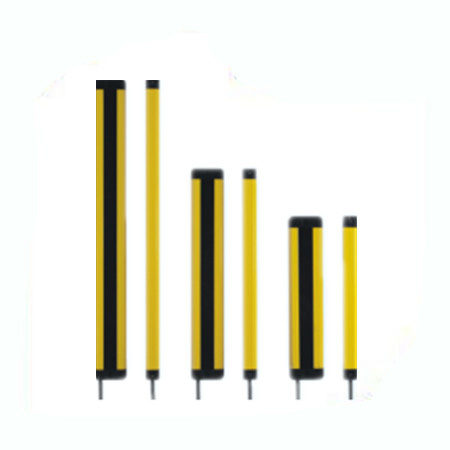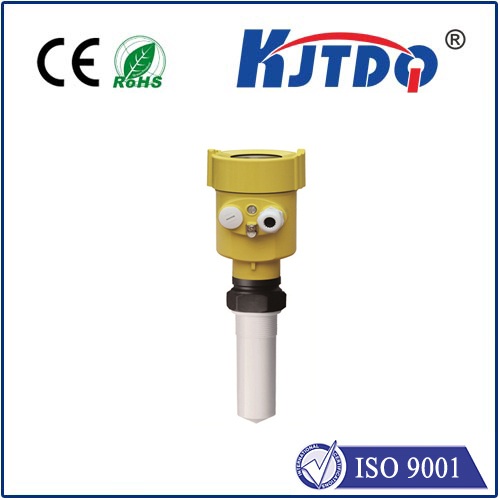Rope System Connection Equipment
- time:2024-10-28 18:00:44
- Click:0

Title: Ensuring Safety and Efficiency with Advanced Rope System Connection Equipment
Introduction:
In the ever-evolving landscape of safety harnesses, climbing gear, and rescue operations, the importance of reliable rope system connection equipment cannot be overstated. This specialized equipment forms the backbone of many high-risk activities, ensuring both safety and efficiency. In this article, we delve into the world of rope system connection equipment, exploring its types, significance, and the latest advancements that have revolutionized how professionals approach safety in challenging environments.
The Importance of Reliable Connection Systems
Rope systems are integral to a myriad of applications, from mountaineering and rock climbing to professional search and rescue missions and industrial work at height. The primary function of rope system connection equipment is to securely link different components within the system, such as anchors, carabiners, and harnesses. A faulty connection can lead to catastrophic failures, making it imperative to invest in high-quality, dependable equipment.
Types of Rope System Connection Equipment
There is a wide array of rope system connection equipment available, each designed for specific purposes and environments. Some of the most common types include:
- Carabiners: These u-shaped devices come in various sizes and locking mechanisms (locking vs. non-locking). They are used to connect ropes to anchors, other ropes, or personal harnesses.
- Quickdraws: Combination devices that consist of two carabiners connected by a loop of webbing or dyneema sling. Quickdraws speed up the process of setting up routes on climbing walls or securing anchor points.
- Daisy Chains and Slings: Made from durable materials like nylon or dyneema, these flexible loops are used for extending placements, building anchors, or connecting multiple points together.
- Static Ropes and Dynamic Ropes: Used for different purposes, static ropes maintain their length under tension while dynamic ropes stretch to absorb impact energy during falls.
- Harnesses: Worn around the waist and/or legs, harnesses evenly distribute loads and provide attachment points for the rest of the system.
- Belay Devices and Rappel Devices: Mechanisms used to control descent or manage rope tension during climbs or rappels.
Advancements in Rope System Connection Technology
With technological advancements, the industry has seen significant improvements in the design and functionality of rope system connection equipment. Modern materials like ultra-high-molecular-weight polyethylene (UHMWPE) offer unparalleled strength-to-weight ratios, reducing the overall weight and bulk of equipment without sacrificing durability. Additionally, innovations in locking mechanisms have enhanced safety by preventing accidental openings under load.
Moreover, smart technologies are being integrated into rope systems, providing real-time monitoring of stress levels, wear and tear, and even environmental conditions. This data can alert users to potential issues before they escalate into dangerous situations.
Selecting the Right Equipment for Your Needs
When selecting rope system connection equipment, it’s crucial to consider the intended use case, the environment in which it will be employed, and the level of expertise of the user. For instance, alpine climbers require equipment that can withstand harsh weather conditions, while technical rescue teams might prioritize quick deployment features.
Consulting with manufacturers who specialize in climbing or rescue equipment can provide valuable insights and help ensure you choose the appropriate gear for your specific needs. Remember, investing in high-quality, certified equipment is not just about complying with safety regulations; it’s about safeguarding lives in precarious situations.
Conclusion
Rope system connection equipment is an indispensable component of any activity where safety is paramount. By understanding the different types of equipment, recognizing the importance of reliability, staying informed about technological advancements, and carefully selecting gear suited to your requirements, you can significantly enhance safety and efficiency during high-risk endeavors. Always prioritize quality over cost when it comes to life-critical connections, and never underestimate the value of proper training and regular maintenance of your rope system components.












